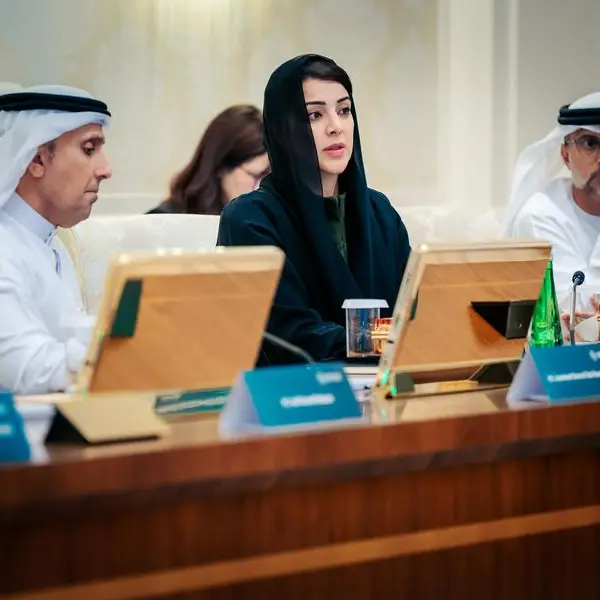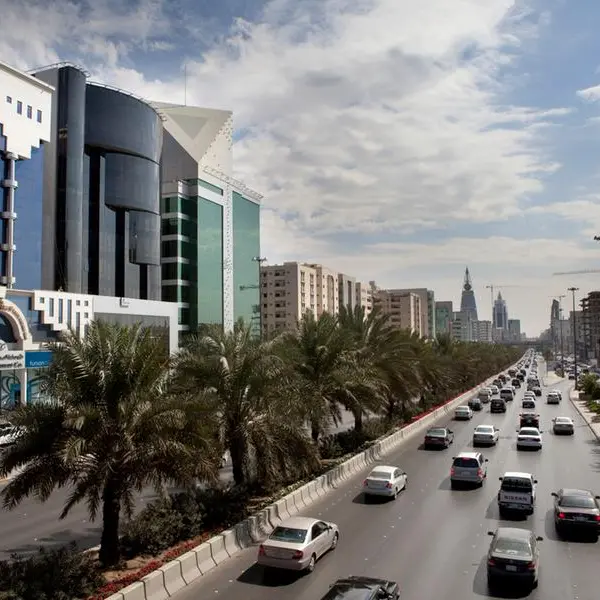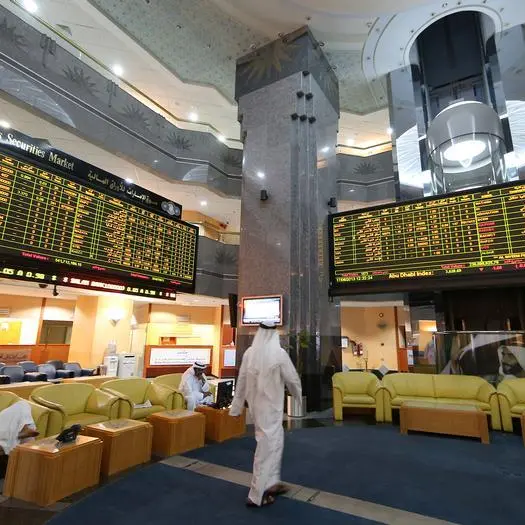PHOTO
In addition to forty air quality monitoring stations currently installed in Qatar, the Ministry of Environment and Climate Change is set to launch 25 more monitoring stations at roadsides to keep a continuous check on the quality of air in the country.
In an exclusive interview with The Peninsula, Abdulla Ali Al Khulaifi, Assistant Director Environment Monitoring and Environmental Inspection at the Ministry of Environment and Climate Change, said it is being ensured that air quality is protected from any pollution through specific standards stipulated in environmental legislation in the State of Qatar through continuous monitoring of ambient air pollutants and measuring these pollutants in designated stations distributed throughout the country that operate continuously throughout the week to ensure the maintenance of air quality.
On Qatar’s efforts and the most important achievements accomplished to maintain air quality, he said that during recent years, many important achievements have been accomplished that have contributed to making a qualitative leap in preserving air quality in the State of Qatar.
“The most important of which was the adoption of Ministerial Resolution No. (310) of 2020 on air quality, which directly contributed to supporting the national network for monitoring air quality, identifying approved monitoring stations, and unifying operating procedures for all stations in the country in accordance with the highest international standards, which facilitated access to correct and accurate information about air quality. The launch of the air quality platform facilitates the public’s knowledge of air quality in a transparent, simple and accurate manner.”
Talking about challenges in maintaining and protecting air quality, he said that with the rapid development witnessed by the country in the economic, social and industrial fields, there are well-known challenges related to the increasing population density, rapid urban growth, projects related to infrastructure, and some important and large activities such as the FIFA World Cup 2022 and others, in addition to the nature of the desert region, and its exposure to extremely hot and humid weather in the summer.
“All of this necessitates the state to make tremendous efforts to preserve air quality, and this is what has actually been done through the national development strategy in its various stages, which placed the air quality file among the highest priorities and adopted effective projects to manage air quality perfectly, through the establishment and development of a unified national network to monitor air quality.”
He said that the country has 40 air quality monitoring stations so far and the network is being expanded continuously. “It is hoped that it will reach more than 45 stations during the current year, and this will contribute directly to monitoring and ensuring air quality in accordance with the highest international standards.”
Throwing light on some of the important projects of the ministry on air quality monitoring, Al Khulaifi said that various projects have been implemented to manage air quality effectively, which resulted in the national network for monitoring air quality, which includes more than 40 air quality monitoring stations, all of which are linked with the Environmental Data Monitoring and Analysis Unit.
“This unit will give a new dimension to monitoring air quality and identifying sources of air pollution and pollutants accurately when they occur and a comprehensive understanding of air quality to help decision makers make the right and accurate decisions to better protect air quality.”
He added: “These projects also helped launch the air quality platform through the Ministry’s website, and the State of Qatar was divided into eight regions representing the basic municipalities to inform the public of the air quality situation on a daily basis and with high accuracy, which was explained previously.”
To a question about the goal of launching the air quality platform, the official said: “This platform reflects the country’s great interest in air quality and the importance of maintaining it in accordance with the highest national and international standards by providing an easy platform that can be accessed by all members of society to know the level of air quality in an accurate and reliable manner.
“The Ministry was keen for the air quality platform to rely on a clear colour mechanism consistent with the global system to inform the public about the state of air quality on a daily basis and display it in the form of colour indicators that are easy to understand and with high accuracy through stations dedicated to monitoring air quality and operating continuously and accredited by specialized agencies in the field.”
Talking about the new phenomenon of easy-to-carry sensors to monitor air quality and their accuracy and reliability, he said that there are small, lightweight, and cheap devices that some people use to measure air quality, but these devices are not approved by any specialised body and cannot be a substitute for traditional monitoring devices that operate with approved technologies and give very accurate measurements of air quality.
Certainly, there are devices that are small in size, light in weight, and also low-cost, and some people use them to measure air quality, but these devices are not approved by any specialised body, and they cannot be a substitute for traditional monitoring devices that operate with approved technologies and give very accurate measurements of air quality.
There may be various research attempts to utilize these devices, but so far no body specialised in the field has approved them, and they are still far from achieving what is required, as they are technologies that aim to find low-cost solutions.
On the possibility of relying on satellite images along with the widespread low-cost devices used on websites to determine air quality, he noted: “The only approved mechanism for monitoring air quality is the air quality monitoring stations used by the Ministry. All other tools and satellites are inaccurate tools and are affected by weather fluctuations and interfere with various factors. Therefore, they cannot be relied upon in environmental monitoring of air quality apart from the traditional ground stations used and approved for monitoring air quality. As for many websites, they need to take their responsibility for the accuracy of the data and direct not to rely on it as an alternative to official sources.”
Responding to a question about sales of such air quality monitoring devices or their data results on the digital space, he said that all websites that publish air quality data through these devices are affected by any change in the weather and give high readings without the presence of pollution. He advised all users to rely on official sources to find out about air quality.
© Dar Al Sharq Press, Printing and Distribution. All Rights Reserved. Provided by SyndiGate Media Inc. (Syndigate.info).























